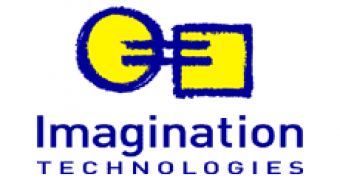Imagination Technologies is reported to showcase today at CES its PowerVR SGX543, the latest version of its graphics chip. The new part becomes increasingly special given the fact that many expect it to be featured inside Apple's future iPhones, since the Imagination Technologies’ GPU technology blueprints have already been licensed by Apple.
If rumors prove true, although the company refused to comment on whether a future iPhone would include its technology, then we might soon see a new Apple device capable of delivering impressive graphics courtesy of this powerful engine that comes with GPGPU acceleration capabilities.
Imagination Technologies has included the new graphics chip into its Power VR Extended product line, which is indicated by the 3 in the product's name. Accordingly, the 5 is said to stand for series, while 4 is there to indicate performance. There aren’t too many pieces of information revealed on the new design, yet word is that it features a 40% better shader performance. Moreover, it seems that the new PowerVR SGX543 is able to provide 2.5 times the image processing performance of an ARM Cortex-8 CPU.
Another plus for the chip is that it can outperform a 600 MHz ARM one in some traditional CPU benchmarks, while also coming with a low-power drain, although the company claims that only a small advancement has been made in the area. The main focus, according to Imagination Technologies, has been on the performance and features rather than on energy efficiency.
The GPGPU acceleration via OpenCL that the chip comes with is one of the features that are worth mentioning. The multi-core-capable 543 sees limitations given only by the power consumption and space, yet it can prove a worthy part in any netbook, MID, set top box or mobile phone. One core of the chip is capable of delivering a performance of 35 million polygons per second, complemented by a fill rate of 1 Gigapixel per second at 200 MHz.
According to its manufacturer, the chip could allow for GPGPU applications like print capability, one feature that current smartphones do not sport, scan capabilities or document faxing. Even so, since the licensing of the chips has just begun, about 18 months from now are expected to pass before we could see the first phones built around the chip available on the market.

 14 DAY TRIAL //
14 DAY TRIAL //